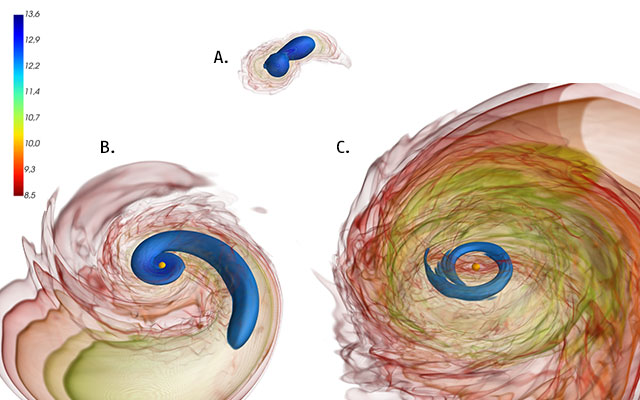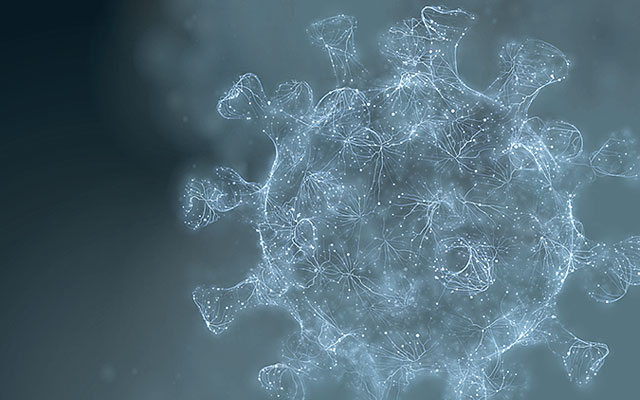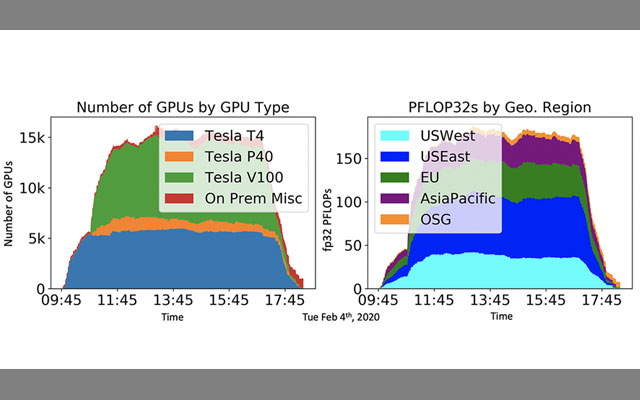A series of simulations using multiple supercomputers, including Comet at the San Diego Supercomputer Center (SDSC) at UC San Diego, suggests that when the neutron stars’ masses are different enough, the result is far noisier. The models predicted an electromagnetic ‘bang,’ which isn’t present when the merging stars’ masses are similar, according to researchers.


